Lac-pati Farmers
How Systematic Lac Cultivation Turned This Marginal Farmer Into A Millionaire
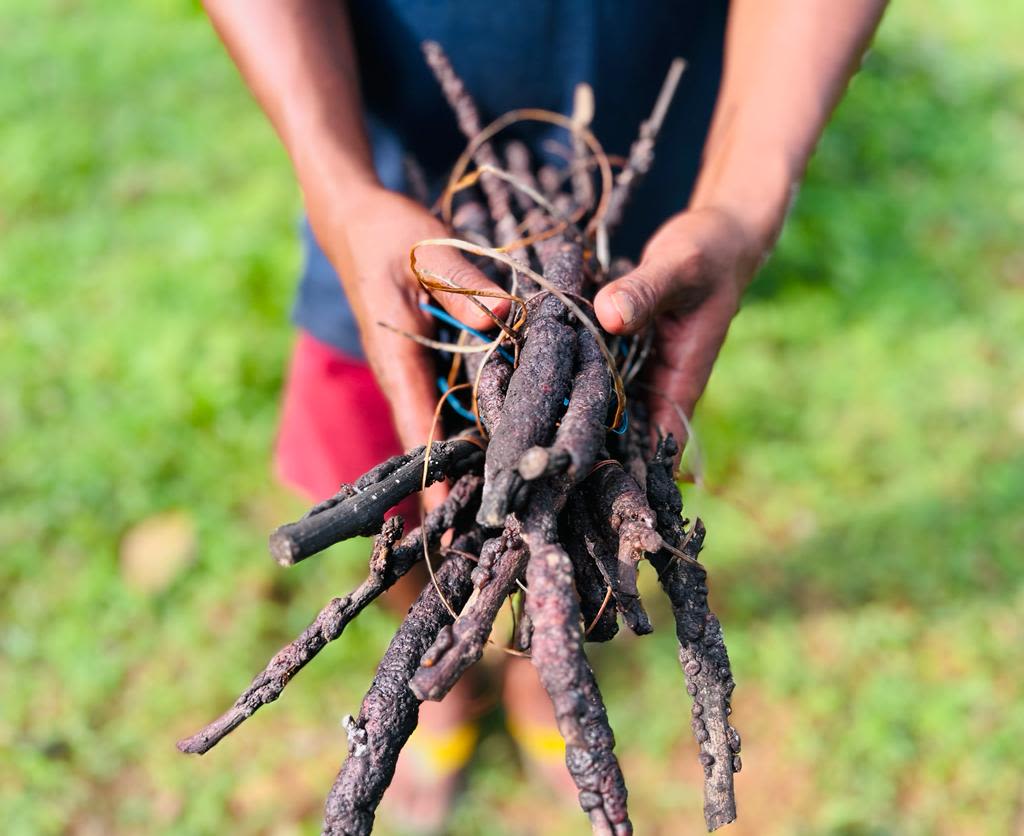
Anuj Mundu, 40, says he went around the whole country searching for money, only to find the ‘paise wale ped’ (money making trees) at home. A resident of Rumutkel village, a hamlet of 144 households in the hilly, remote interiors of Jharkhand’s Khunti district, Mundu, who until some years ago, was forced to migrate to cities to find work, has been cultivating lac, a high-value non-timber forest product, on ber and kusum trees the last five years.
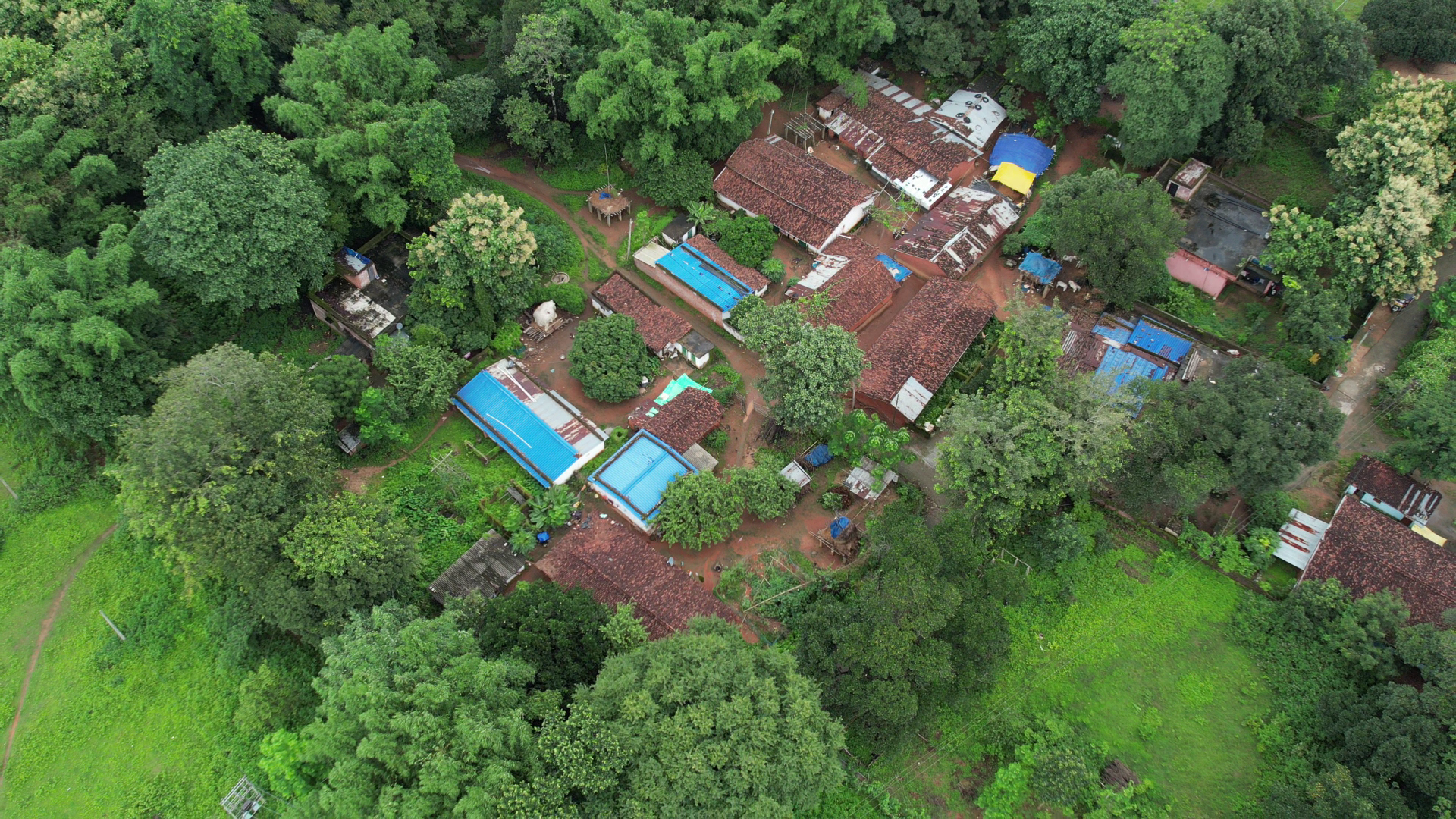
Aerial view of a village in Jharkhand
Aerial view of a village in Jharkhand
“Agar bael khareedni hai, agar ghar pe shaadi hai, ya koi bhi mota kharcha aa raha hai, aapko pardes jaana hi padta tha do teen saal pehle. Thodi bohat kheti ke alawa gaon mein kamai ka sadhan nahi tha (If you wanted to buy oxen, if there is a wedding at home, or if there is a big function, you had to go to the city to work, until 2-3 years ago. Apart from a bit of farming, there was no income source here),” he says.

Image by Nishant Aneja from Pexels
Image by Nishant Aneja from Pexels
Mundu worked in Punjab, Himachal Pradesh, Mumbai and Managlore for eight years, before coming back home in 2011. “I did all kinds of jobs - security, welding, mining, manual labour, but eventually came back home for two reasons. First, padhne ka bohat mann tha (I really wanted to study). And second, I wanted to do something worthwhile than just work for other people,” he says.
Mundu’s family has little agricultural land, but owns 100 ber trees, and 2 kusum trees. In 2015-16, Mundu decided to start cultivating lac on these trees.
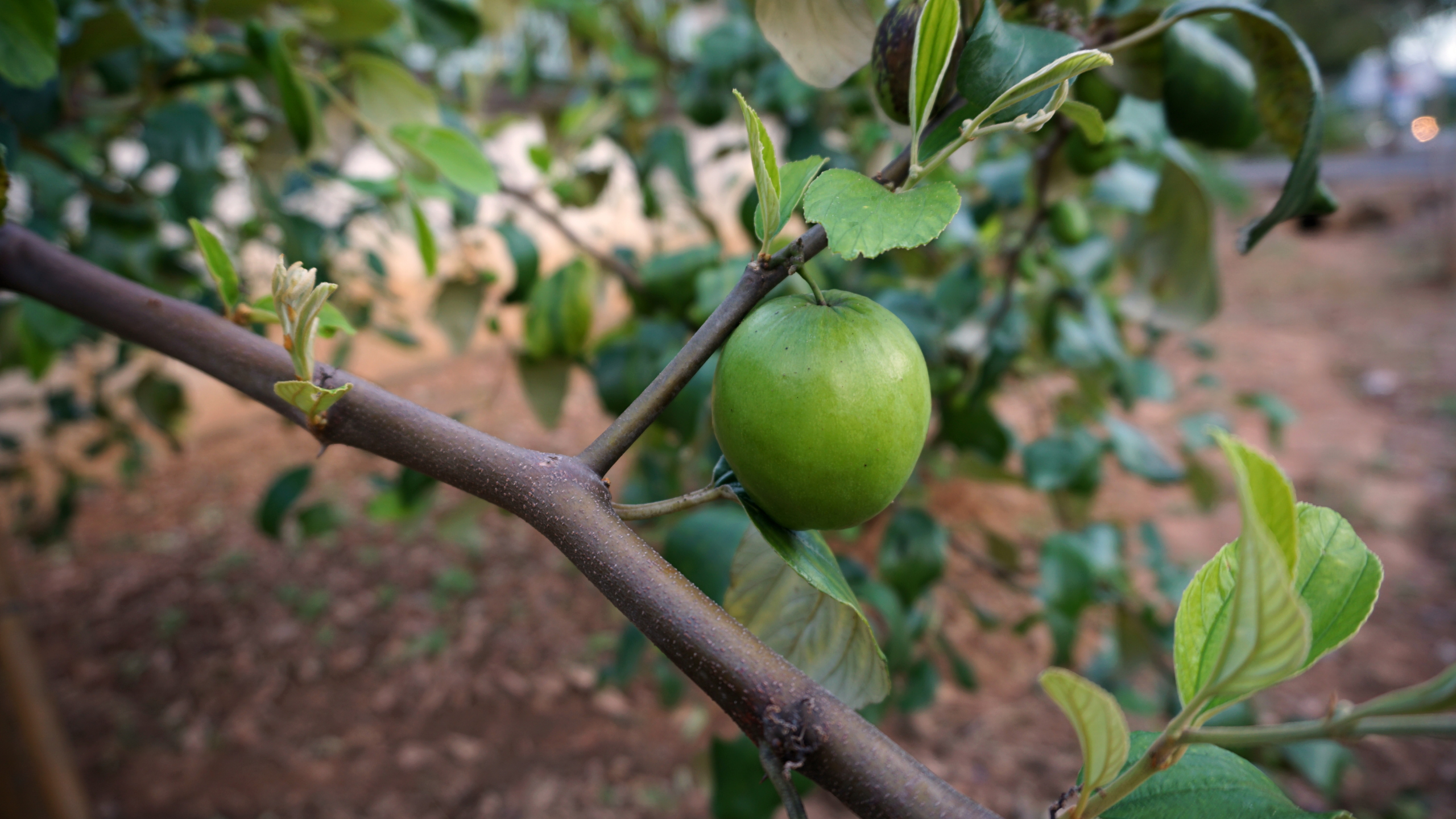
The cultivation of lac had been a traditional practice and a significant source of income for tribal households in Jharkhand. The product, used in paint, electrical, automobile, cosmetic, adhesive, leather, wood furnishing and other industries, is produced from a resin secreted by the insect Laccifer Lacca, which inhabits the twigs of specific host plants like Ber, Kusum and Palash.
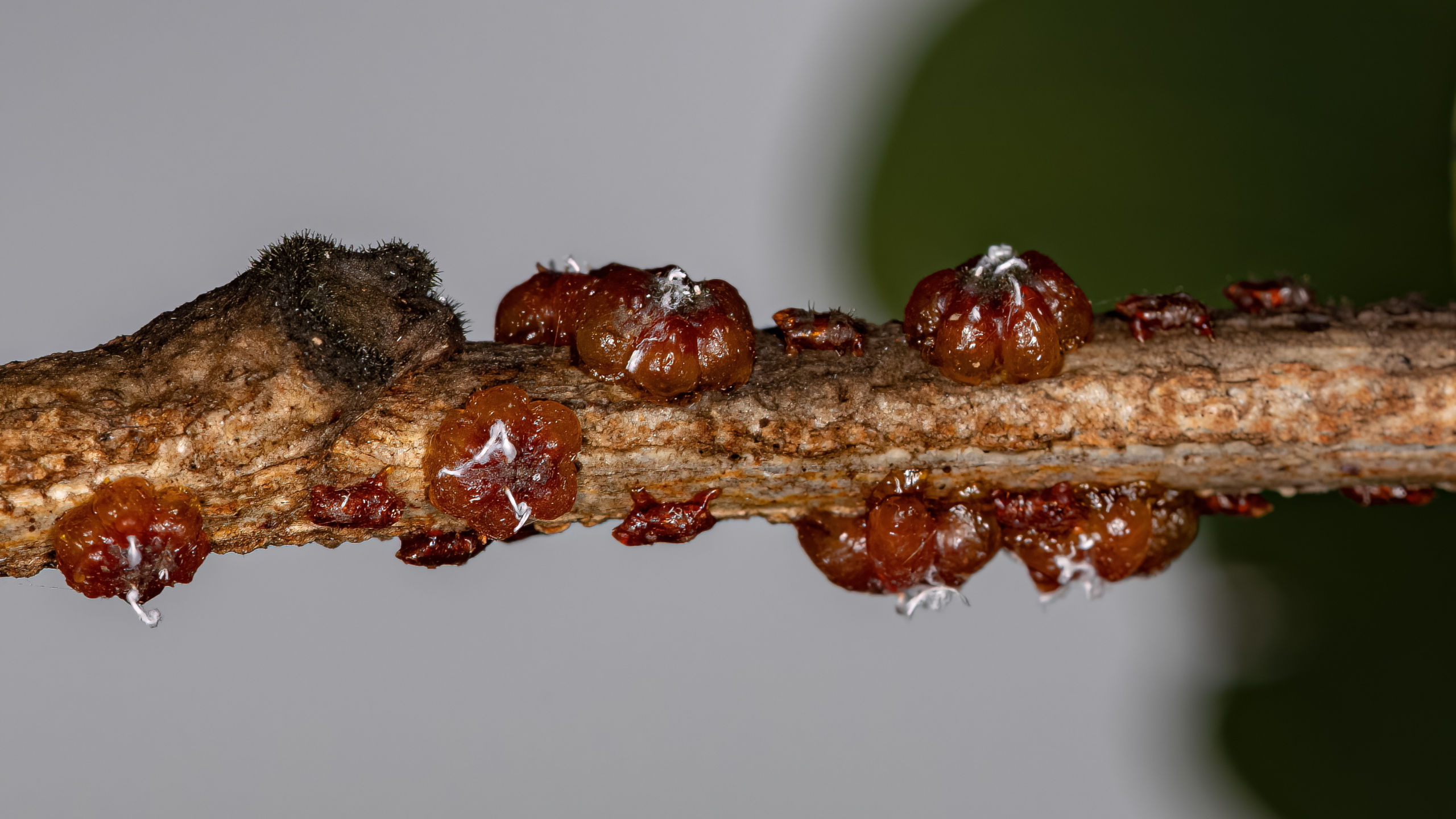
Image by Vinicius Rodrigues de Souza from Vinícius Rodrigues de Souza
Image by Vinicius Rodrigues de Souza from Vinícius Rodrigues de Souza
To cultivate this resin, a lac stick that contains eggs ready to hatch (also referred to as brood lac, or phunki) is tied to the tree to be infested. When the eggs hatch, the tree is colonised by thousands of lac insects which secrete lac. The branches coated with this lac are cut and harvested, crushed and sieved to remove impurities, and then washed to remove insect parts and any other foreign material. The resulting product, known as ‘seedlac’ is processed into shellac by heating or by solvent extraction.
Unseasonal rainfall (that affects the inoculation of the insect Laccifer Lacca) combined with the unavailability of brood lac in the last few years, severely impacted Lac cultivation in Rumutkel with farmers stopping the practice entirely, until a few years ago.
Mundu started experimenting with indigenous methods of lac cultivation again in mid 2000’s, after purchasing lac from a neighbouring area. “ I tried it on 26 trees, and made Rs 36,000. I was keen on undertaking its cultivation, but lacked the knowledge and know-how to take it up on a bigger scale,” he says.
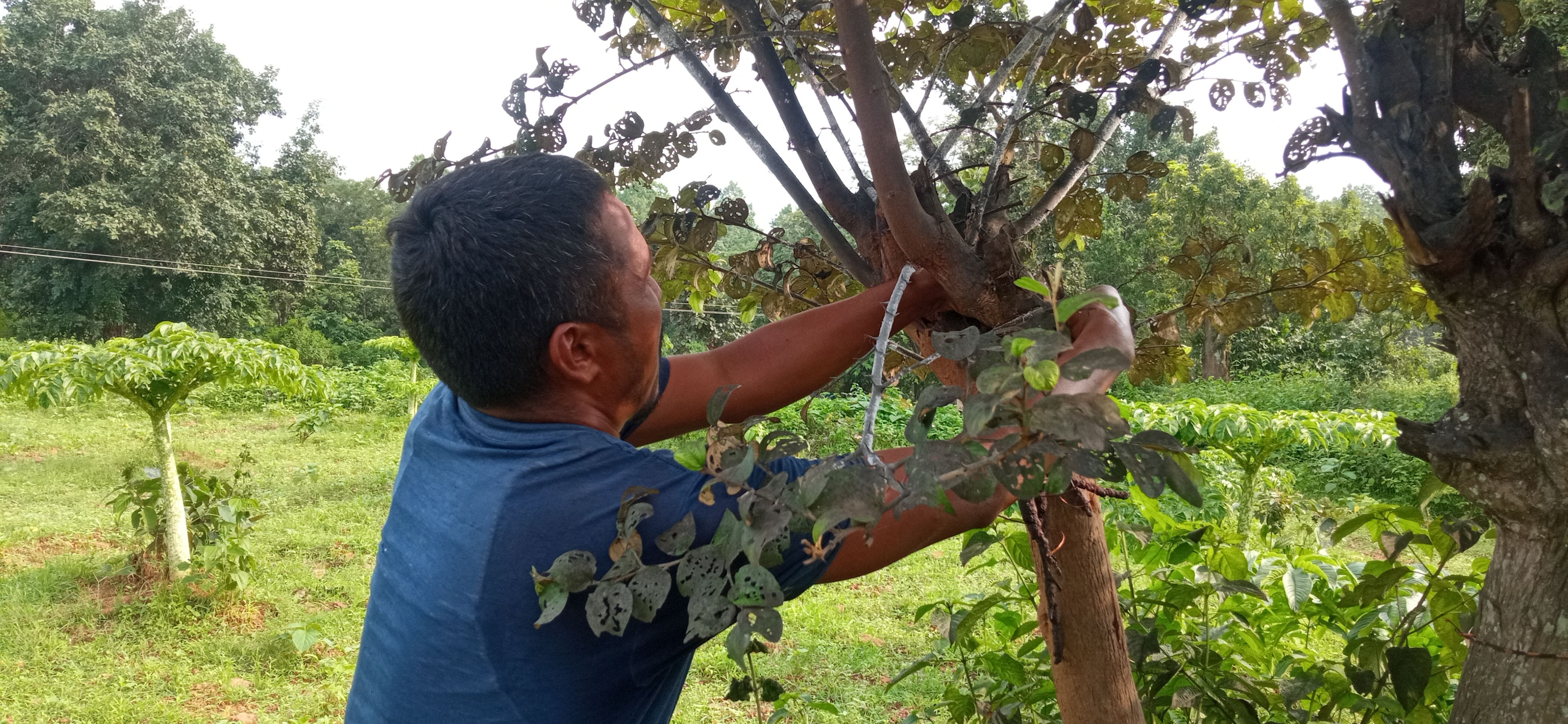
In 2019, Mundu started attending technical training for lac cultivation at the Indian Institute of Natural Resins and Gums (IINRG), organised by WOTR, as part of Axis Bank Foundation’s Sustainable Livelihoods Programme. He also attended several lac cultivation demos held in Rumutkel.
“There was no phunki in these parts, but the IINRG, as well as the forest department, developed a strain that was more resilient to the changing climate. Not just that, we were also explained how to scientifically cultivate lac, and what to spray to protect the lac insect from pests,” he says.

Anuj sparying lac crop on the trees in his farm
Anuj sparying lac crop on the trees in his farm
In addition to learning the scientific way to grow lac, he learnt how to produce his own brood lac, to have some stock for the next cycle of cultivation. To help ease the process of lac harvesting, the organisation also provided various equipment, like gator machines (for spraying on trees), the secateur and the scissor (for pruning and harvesting lac) in Rumutkel.
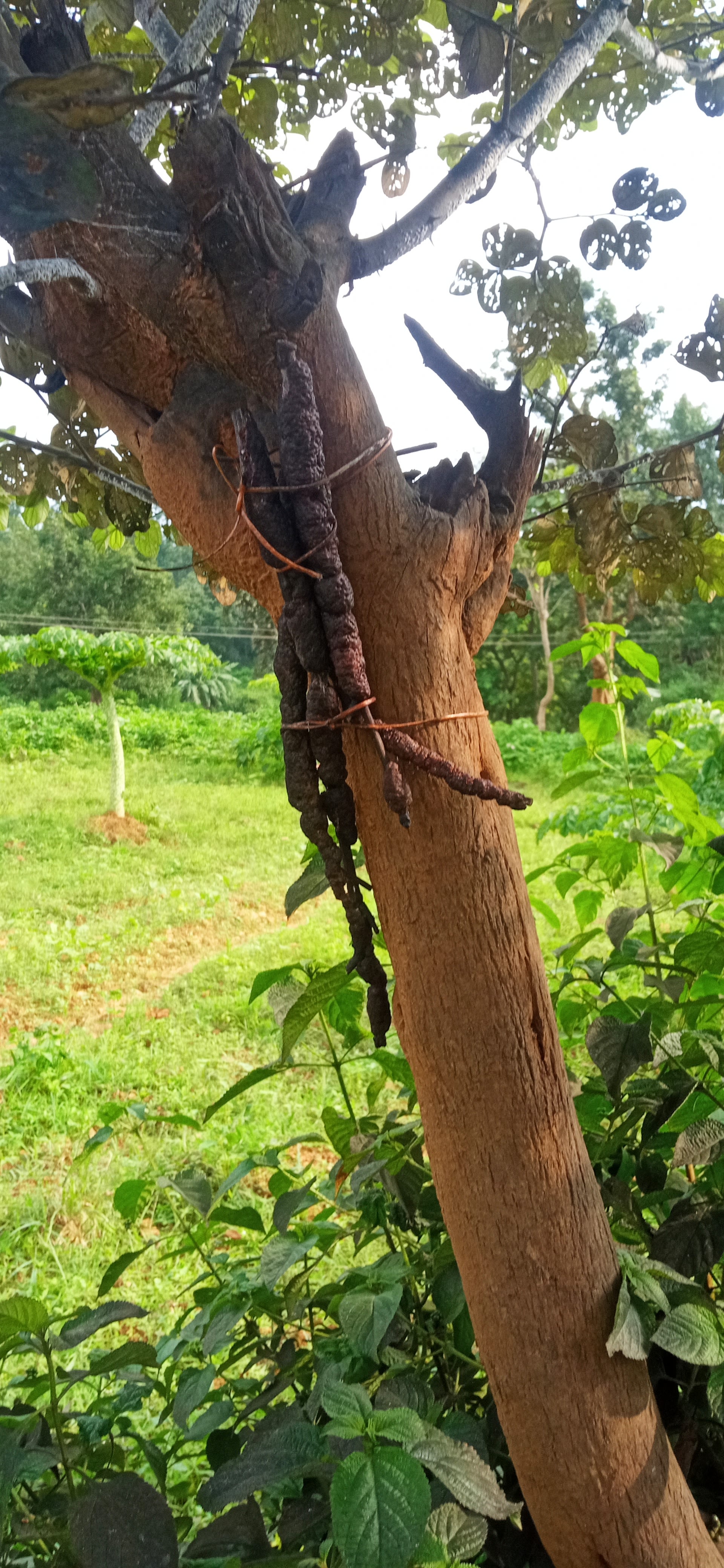
Lac growing on the trees in Anuj's farm
Lac growing on the trees in Anuj's farm
Mundu has been cultivating lac scientifically since 2019 and says his income has skyrocketed these last few years. “Earlier, we were hardly able to save anything. I had never seen 50,000 in hand. Ab, 1,00,000 rupaiye jeb mein daal ke garam karna badi baat nai hai. Lac se lakhpati ban gaye (Warming up my pockets with one lakh rupees is no big deal now. Lac has made me a millionaire),” he says.
To invest with WOTR for its initiatives to mobilise communities and develop sustainable livelihood alternatives, write to Madhavi Kadrekar at info@wotr.org.


